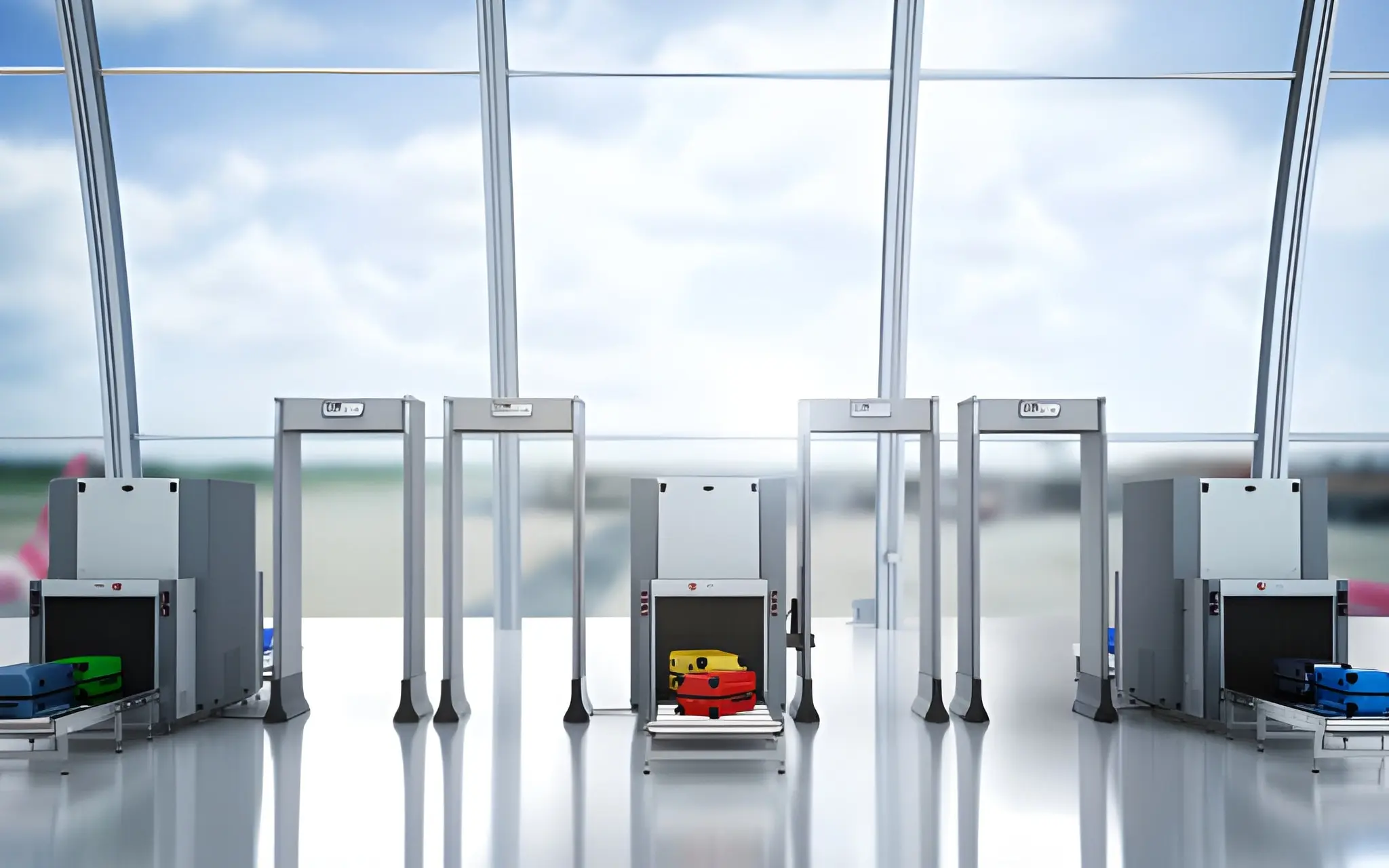The evolution of airport security scanners has been a response to the growing need for enhanced safety measures in the aviation industry. As technology continues to advance, airports around the world are adopting sophisticated scanning systems designed to detect threats while also taking passenger privacy into account. The challenge lies in striking a balance between ensuring security and maintaining the comfort and dignity of travelers.
The State of Airport Security Scanners
Traditionally, the airport security scanner relied on metal detection and X-ray imaging to identify prohibited items. However, these methods have limitations in terms of effectiveness and passenger experience. As security threats have evolved, so too has the technology used to combat them. Recent advancements include the introduction of millimeter-wave scanners and advanced computed tomography (CT) systems that provide a more comprehensive view of carry-on items. These technologies offer higher detection rates for both metallic and non-metallic threats, allowing security personnel to identify potential dangers more accurately.
Millimeter-wave scanners, for instance, utilize radio waves to create detailed images of a traveler’s body. This non-ionizing radiation method is considered safer than traditional X-ray imaging, which raises concerns among health advocates. Although the images produced are detailed, the latest software developments have enabled the automatic detection of threats without the need for operators to view the images. This innovation helps to reduce the potential for privacy violations, as individual images are not reviewed by personnel.
Advanced Computed Tomography (CT) Scanners
CT scanners have made significant inroads into airport security due to their ability to generate 3D images of items within bags. Unlike standard X-ray systems, CT scanners can provide a more in-depth analysis of the contents of a suitcase, making it easier for security staff to distinguish between harmless items and potential threats. By allowing for the virtual unpacking of bags, CT technology enhances detection capabilities while reducing the number of false alarms, which in turn speeds up the screening process.
Moreover, the implementation of automated screening lanes equipped with CT scanners is revolutionizing the flow of passengers through security checkpoints. These lanes enable a continuous flow of travelers, reducing wait times and improving the overall airport experience. By streamlining the screening process, airports can manage larger volumes of passengers without compromising safety.
Privacy Concerns and Public Perception
While advancements in airport security scanners have significantly improved detection capabilities, they have also raised concerns about passenger privacy. The detailed images produced by some scanning technologies can be perceived as intrusive, leading to discomfort among travelers. Public perception plays a crucial role in the acceptance of these technologies, and it is essential for airports to address privacy concerns proactively.
To mitigate these concerns, many airports have adopted measures to ensure that passengers feel comfortable during the screening process. For example, the use of automated threat detection software minimizes the need for human operators to view images, reducing the risk of unauthorized exposure to individual passenger images. Additionally, transparency regarding the scanning process and the technologies used can help build trust between airport authorities and travelers.
Education and Communication
A key aspect of balancing efficiency with passenger privacy lies in effectively educating the public about new technologies and their benefits. Clear communication about how security scanners work, what data is collected, and how it is used can alleviate fears and foster a sense of security among travelers. Airports are increasingly using signage, public announcements, and informational brochures to educate passengers on the screening process and the advancements made in technology.
Furthermore, feedback from passengers can guide future improvements in security protocols. By actively engaging with the traveling public and soliciting opinions on their experiences, airport authorities can adapt their practices to better serve the needs and concerns of passengers. This collaborative approach not only enhances security measures but also fosters a culture of transparency and trust.
Future Innovations in Airport Security Scanners
As technology continues to develop, the future of airport security scanners looks promising. Innovations such as artificial intelligence (AI) and machine learning are increasingly being integrated into security systems. These technologies can analyze vast amounts of data quickly, identifying patterns and anomalies that could indicate potential threats. By automating the threat detection process, AI can enhance the accuracy and speed of security screenings while minimizing human error.
Additionally, the use of biometrics in conjunction with security scanners may revolutionize the airport experience. Facial recognition technology and fingerprint scanning can streamline identity verification, allowing travelers to move through security checks more efficiently. By integrating biometric data with scanning technologies, airports can create a seamless travel experience that prioritizes both security and privacy.
The Role of Policy and Regulation
As advancements in airport security scanners continue to evolve, it is crucial for governments and regulatory bodies to create policies that balance security needs with passenger rights. Striking the right balance requires ongoing dialogue among stakeholders, including airport authorities, security agencies, and passengers themselves. By establishing clear guidelines for data collection, usage, and retention, policymakers can help ensure that privacy concerns are addressed while maintaining robust security measures.
In conclusion, the evolution of airport security scanners reflects a growing commitment to passenger safety and comfort. By embracing new technologies and fostering open communication, the aviation industry can continue to enhance security measures while respecting the privacy of travelers. As advancements unfold, the focus will remain on creating a secure yet pleasant travel experience for all.
Also Read-Robot Pool Cleaner Tech Unveiled: Beatbot Robotic Pool Cleaners—Features and Performance Breakdown

